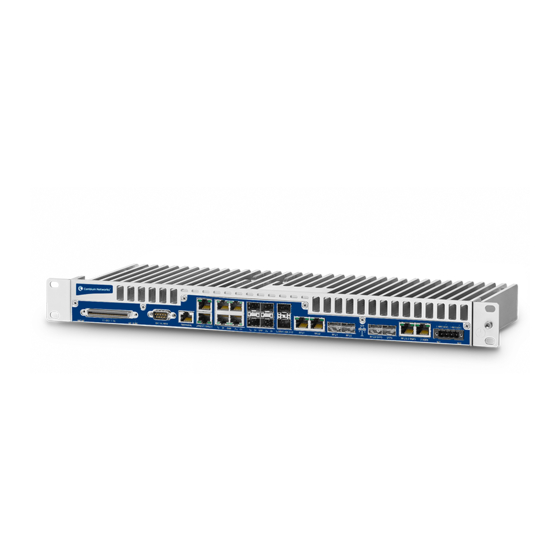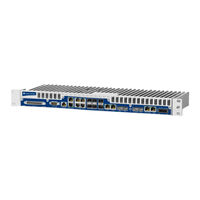
Cambium Networks PTP 820F Manuals
Manuals and User Guides for Cambium Networks PTP 820F. We have 2 Cambium Networks PTP 820F manuals available for free PDF download: User Manual, Installation Manual
Cambium Networks PTP 820F User Manual (1149 pages)
Split-Mount System
Brand: Cambium Networks
|
Category: Network Hardware
|
Size: 24 MB
Table of Contents
Advertisement
Cambium Networks PTP 820F Installation Manual (46 pages)
Brand: Cambium Networks
|
Category: Network Hardware
|
Size: 1 MB

